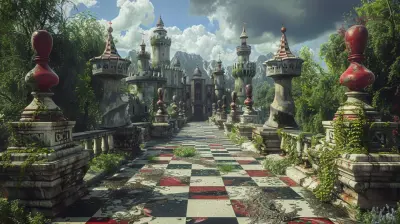How Modern RTS Games Are Raising the Bar for Online Multiplayer
4 July 2025
Real-time strategy (RTS) games have come a long way since their humble beginnings. Over the years, they've evolved from pixelated armies to meticulously detailed virtual battlefields. And let’s be honest, nothing beats the adrenaline rush of strategizing and outsmarting opponents in real-time. But here’s the big question: how are modern RTS games pushing the envelope and redefining the online multiplayer experience?
Buckle up, because we’re diving into the nitty-gritty of how contemporary RTS games are setting new standards in the gaming world. 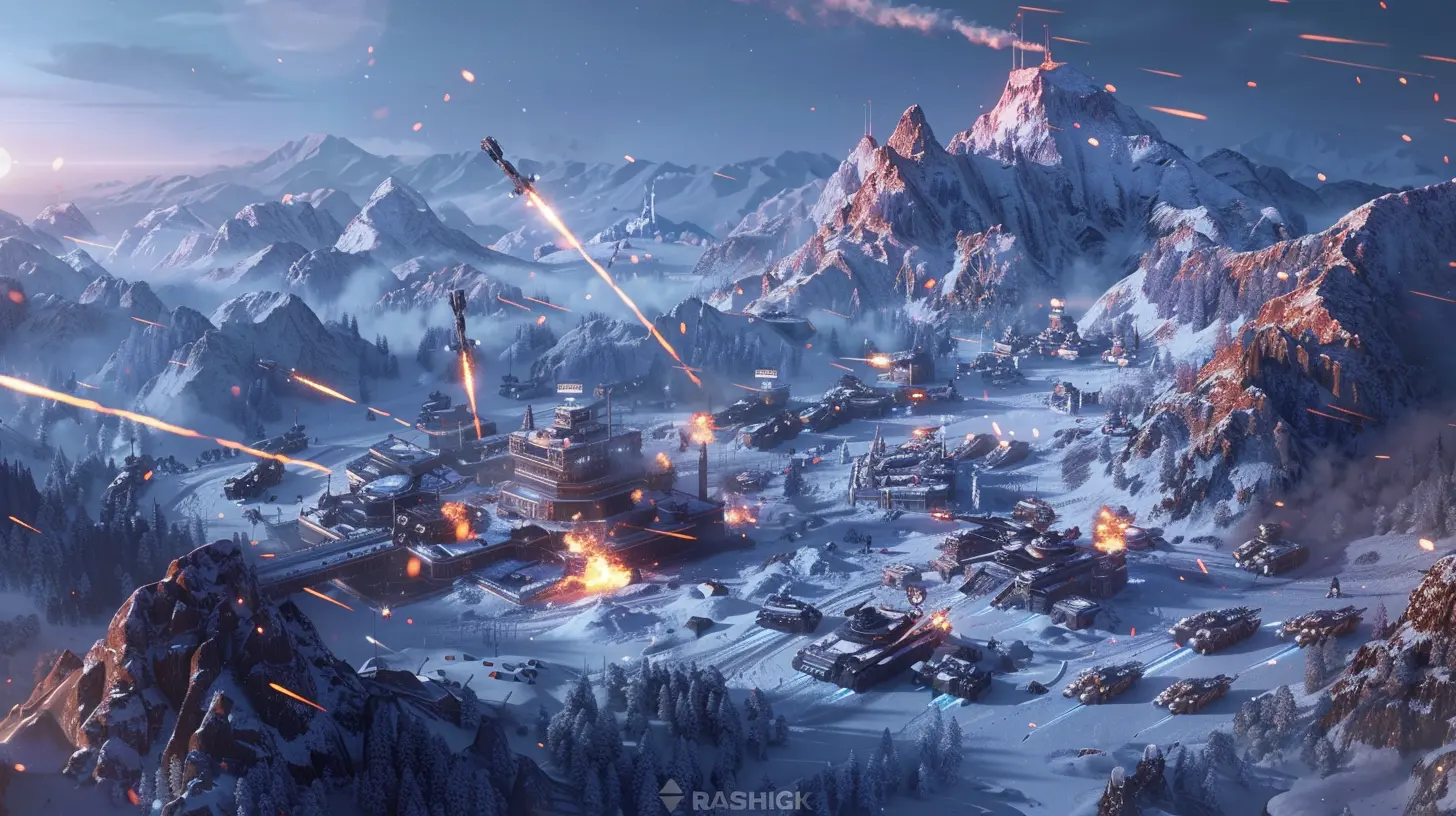
The Rise of Next-Gen Graphics and Immersion
Ever feel like you’re not just playing a game but commanding an actual battlefield? One of the biggest reasons for this is the jaw-dropping visuals that modern RTS games deliver. Advanced rendering techniques and cutting-edge game engines allow developers to build stunningly detailed environments that feel alive.Picture this: the rippling shadows of a cloud passing over your armies, the sound of rain pelting the ground, or the subtle animations of a soldier adjusting their gear while idle. It's these tiny details that make modern RTS games feel so immersive.
But it's not just about shiny graphics. It’s about creating an experience so vivid that you forget the real world for a while. Developers are crafting realistic terrains, destructible environments, and dynamic weather systems that add layers of strategy to gameplay.
And hey, who doesn’t love seeing their tanks leave tracks in the mud or witnessing a fiery explosion scatter debris across the map? 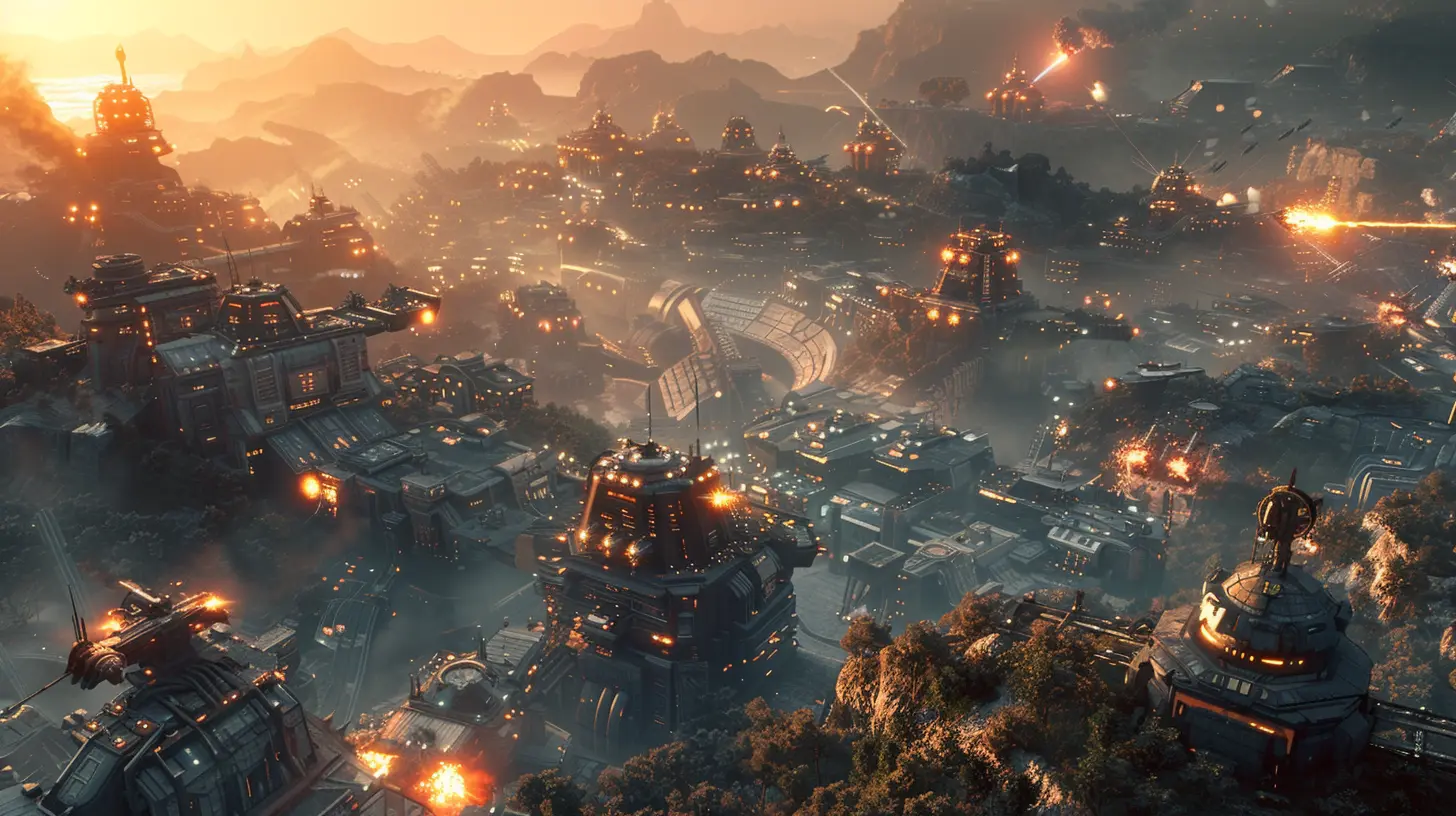
Enhanced Multiplayer Matchmaking
Jumping into an online multiplayer match used to feel like rolling dice. Would you end up facing someone way below your skill level or get completely demolished by a pro? Thankfully, modern RTS games have stepped up their matchmaking game.Using complex algorithms and machine learning, these games now offer fairer matchups by analyzing your playstyle, win rates, and skill level. It’s like a dating app but for gaming—except instead of swiping left or right, you’re duking it out on the battlefield.
What’s even cooler? Many RTS games now support cross-play, meaning you can face off against friends (or rivals) regardless of whether they're playing on PC, console, or other platforms. Talk about breaking down barriers! 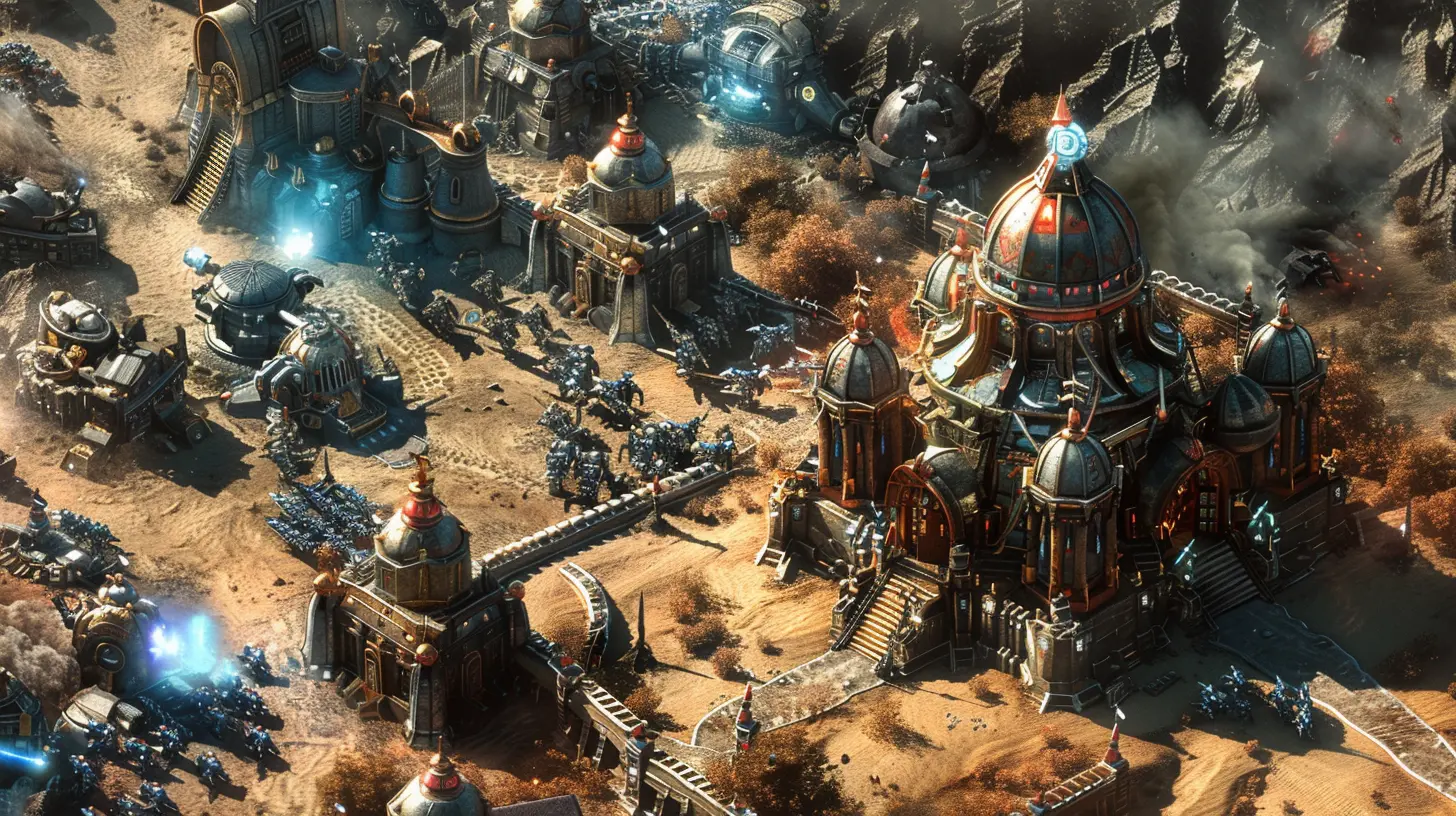
AI Opponents That Actually Make You Sweat
Remember the old days when playing against AI opponents was like bringing a bazooka to a pillow fight? Yeah, those days are gone.Modern RTS games are powered by AI that is not only smarter but also learns from your moves. It’s a little unsettling, honestly. These AIs aren’t just following pre-programmed routines—they’re adapting, countering your strategies, and sometimes even outthinking you.
For instance, if you rely too much on a particular tactic, the AI might develop a counter-strategy on the fly. It’s like that one friend who always figures out how to one-up you, except this time, it's a machine.
Playing against these advanced AIs can feel eerily close to facing a real player. And that’s a good thing because it sharpens your skills for actual online matches. 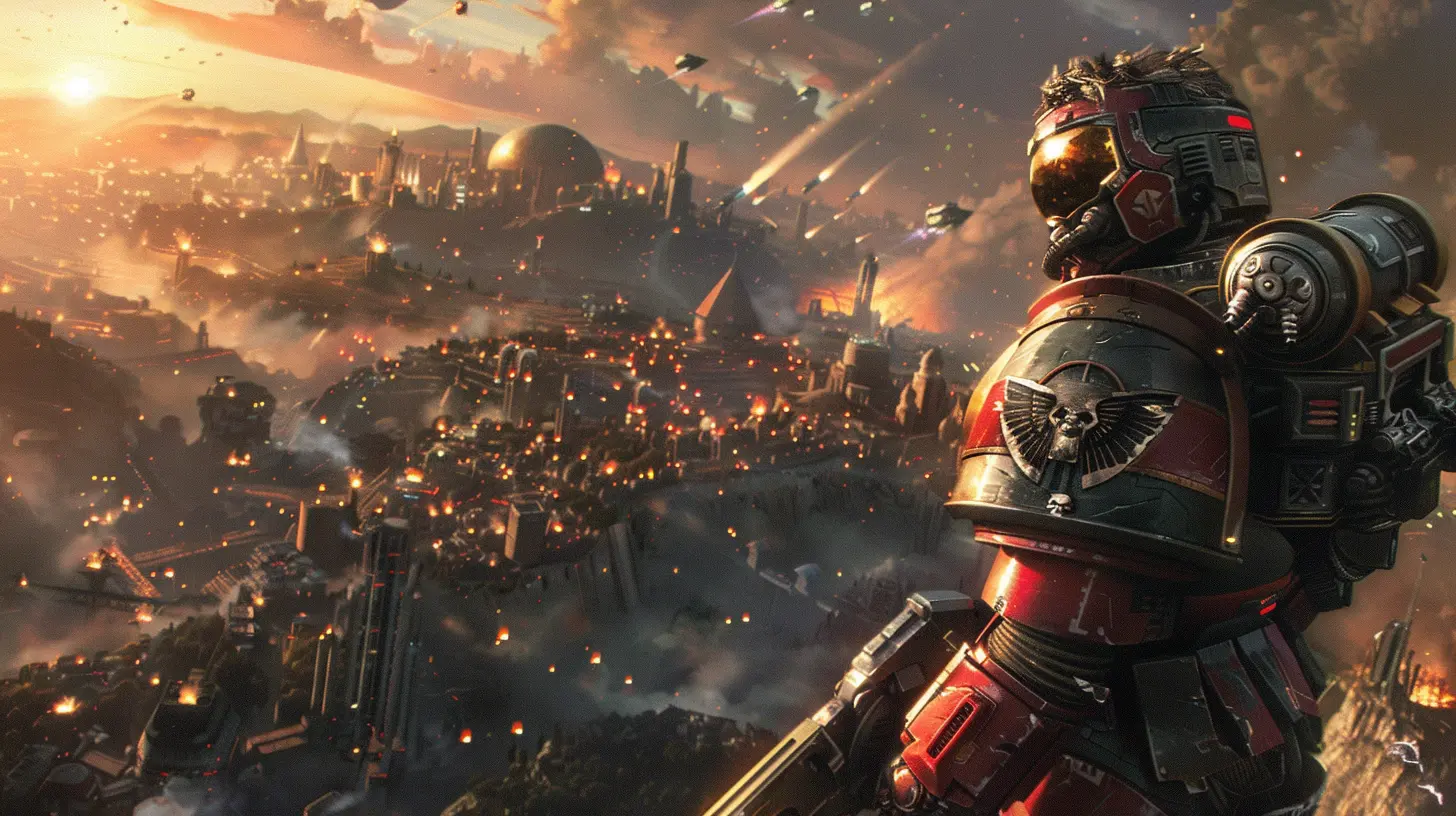
Personalized Gameplay Through Mods and Customization
Let’s face it: one-size-fits-all rarely works, especially in gaming. That’s why modern RTS games are leaning heavily into customization. From modding tools to custom skins and maps, players have more control than ever to tailor their experience.Take games like Age of Empires IV or Company of Heroes 3—both of which provide powerful modding tools for players to create their own content. Think of it as giving players the keys to the kingdom.
Customization doesn’t stop at mods. Many RTS games let you build your own units, design unique factions, or tweak gameplay settings. Want a faster-paced match or an epic slugfest that lasts hours? You can make it happen.
This level of personalization fosters creativity and keeps players coming back for more. Plus, a thriving modding community extends a game’s lifespan by years.
Real-Time Spectator Features and Esports Integration
Ever watched a high-stakes RTS match and felt the thrill as if you were on the battlefield yourself? Modern RTS games are revolutionizing how we watch competitive play by integrating real-time spectator features.Games now offer detailed match replays, dynamic camera angles, and interactive overlays that let viewers see resource counts, unit stats, and even heat maps of player activity. It’s like watching a sports analysis show, but for RTS games.
And when it comes to esports, RTS titles are finally getting their moment in the spotlight. With tournaments boasting million-dollar prize pools and professional players gaining widespread recognition, the competitive RTS scene is on the rise.
For casual players, watching esports matches is an incredible way to pick up new tactics. It’s like being in the stands at a football game, except you’re mentally taking notes on how to execute the perfect rush strategy.
Building Communities Without Walls
One standout way modern RTS games are raising the bar is by fostering tight-knit communities. From in-game chat systems to private lobbies and dedicated forums, players can connect and share their passion like never before.Take games like StarCraft II or Total War: Warhammer III—there are entire subcultures within these communities where people trade tips, share fan art, and even organize tournaments. It’s like being part of an exclusive club where everyone speaks the same language (the language of war strategies, that is).
Modern RTS games also embrace social features like clans, guilds, and co-op modes. Whether teaming up with friends or joining a group of strangers for a massive multiplayer campaign, you’re never far from finding like-minded players.
Balancing Accessibility with Depth
Here’s a common misconception: RTS games are only for hardcore gamers with Einstein-level IQs. Modern RTS titles are proving this wrong by balancing accessibility with deep, rewarding gameplay.Take Northgard, for example. It’s a modern RTS that simplifies resource management but still has enough strategic depth to keep you hooked for hours. Or look at Iron Harvest, which nails the perfect mix of narrative-driven campaigns and online multiplayer battles.
Game developers understand that not everyone has the time to master complex mechanics. So they’re designing games that offer easy-to-learn controls while leaving room for advanced players to flex their strategic muscles.
It’s like peeling an onion—each layer reveals something deeper, but you don’t have to eat the whole thing to enjoy it.
The Future: Where Do We Go From Here?
So, what’s next? If modern RTS games have taught us anything, it’s that innovation is the name of the game.With the rise of technologies like cloud gaming and VR, the possibilities are endless. Imagine standing on a virtual battlefield, commanding troops with hand gestures, or seamlessly jumping into matches without worrying about hardware constraints.
And let’s not forget AI. As it continues to advance, we might see even more realistic simulations where your units feel like real soldiers following your orders.
One thing’s for sure: the bar will only continue to rise. Whether you’re a casual gamer or a die-hard RTS veteran, the future of online multiplayer in RTS games looks brighter than ever.
In Conclusion
Modern RTS games aren’t just keeping up with the times—they’re trailblazing. From stunning visuals and smarter AI to better matchmaking and fostering vibrant communities, these games are reshaping what it means to compete online.Whether you're battling it out with friends or facing off against strangers, one thing’s certain: the RTS genre is raising the stakes and delivering experiences that are as thrilling as they are memorable. So go ahead, rally your troops, and conquer the battlefield.
all images in this post were generated using AI tools
Category:
Real Time StrategyAuthor:

Emery Larsen
Discussion
rate this article
2 comments
Viva McCune
Great insights! It's fascinating to see how modern RTS games are evolving and enhancing online multiplayer experiences. The focus on community and strategic depth really showcases the genre's potential. Excited to see where it goes next!
October 19, 2025 at 3:57 PM

Emery Larsen
Thank you! I'm glad you found the insights valuable. The evolution of RTS games is indeed exciting, and I can't wait to see how they continue to innovate and engage the community!
Emma McCool
Great insights! I appreciate how you highlighted the innovative strategies and community engagement in modern RTS games. It’s exciting to see developers pushing the boundaries of multiplayer experiences. Keep up the good work!
July 12, 2025 at 3:34 AM

Emery Larsen
Thank you! I’m glad you found the insights valuable. Exciting times for RTS games indeed!
